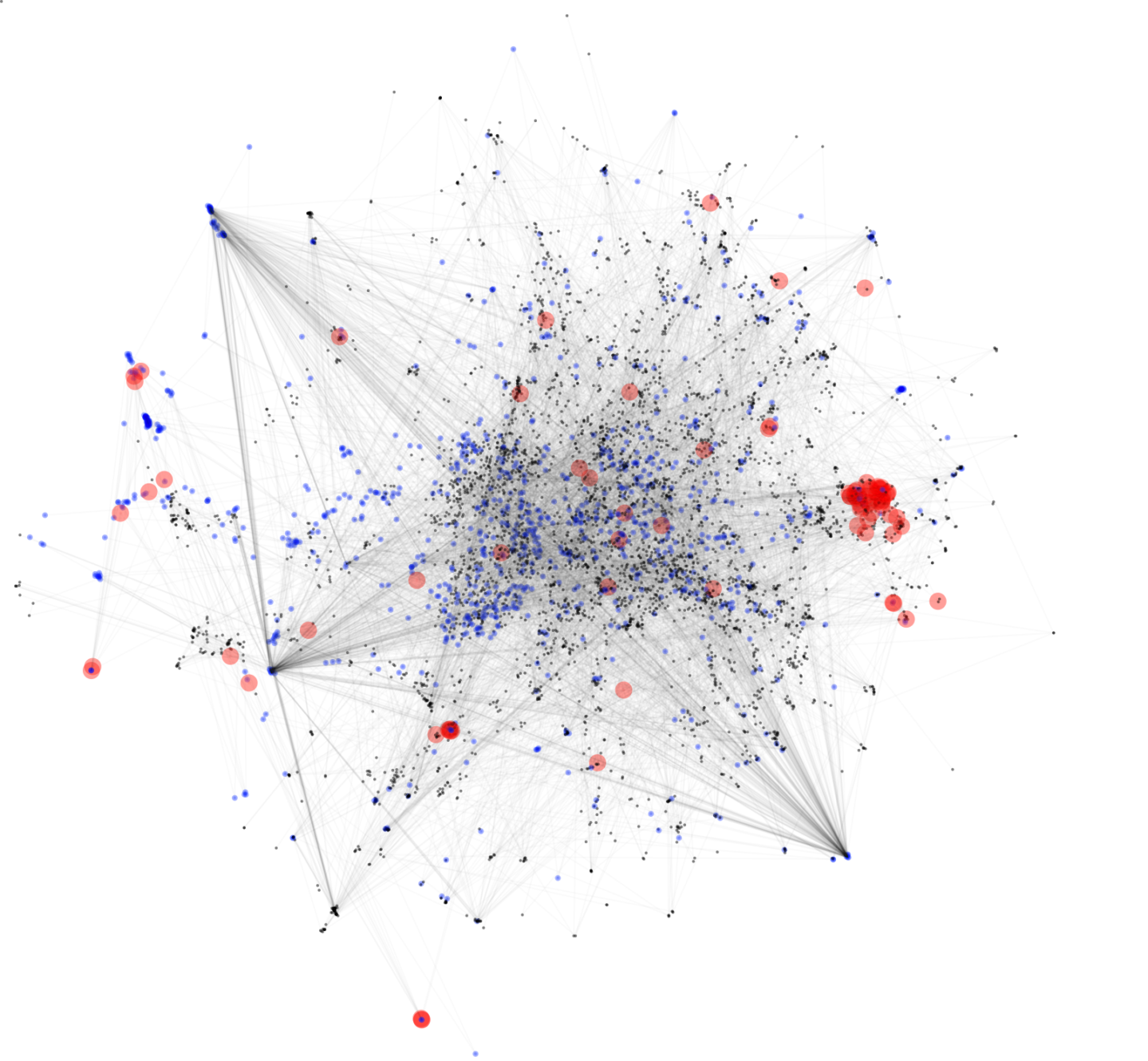EvolveGCN: Evolving Graph Convolutional Networks for Dynamic Graphs
Time Series
AI has undoubtedly made great strides in recent years, but the progress has been uneven. Computer vision has evolved to reliably identify objects, faces, animals, and a lot more. Text and audio recognition programs have also come a long way. But entire classes of data have received less attention, including the time series data that many businesses rely on.
Time series data is any set of information that contains many disparate measurements that update continually over time. Think about financial performance logs, healthcare records, and industrial or supply chain process reports. The stewards of such data all want to more accurately forecast future performance, but they also need help understanding the data’s evolution. We intend to enable such forecasts in real-time.
We’re working on cross-industrial methods of detecting anomalies, aberrations, red flags, and opportunities. Forecasting AI systems hold the promise to enable enterprise customers to better predict everything from a patient’s health to the points of failure on a manufacturing floor. Future AI systems will also be able to recognize anomalous patterns that haven’t been seen before, for which there is no training data, and provide the tools necessary to react to unforeseen conditions.
All Work
